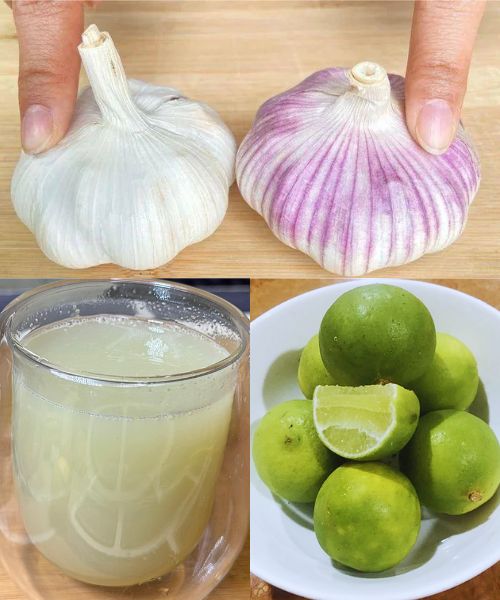Home Garden Tips: How to Save Money by Growing Tomatoes at Home
Tomatoes are one of the most beloved and versatile ingredients in kitchens worldwide. From fresh salads and tangy sauces to hearty soups and flavorful stir-fries, tomatoes add a burst of freshness and richness to countless dishes. However, purchasing fresh, high-quality tomatoes regularly can quickly become expensive, especially when prices spike in the off-season or due to supply issues.
What if you could save a significant amount of money and enjoy fresher, tastier tomatoes all year round by growing them yourself? The good news is you can! Growing your own tomatoes at home is not only cost-effective but also rewarding and eco-friendly. With the right methods and a bit of care, you can produce a bountiful harvest of delicious tomatoes without breaking the bank.
In this article, we’ll share essential home garden tips for saving money by growing tomatoes efficiently. Whether you have a large backyard, a small balcony, or even just some pots on a windowsill, these practical tips will help you grow healthy tomato plants and enjoy the financial and culinary benefits of homegrown produce.
Why Growing Your Own Tomatoes Saves Money
Before diving into the “how,” let’s explore why growing tomatoes at home is an excellent money-saving strategy:
- Reduced grocery expenses: By harvesting your own tomatoes, you can skip buying pricey store-bought tomatoes, especially during the winter or off-season when prices are inflated.
- Higher yield for less money: A handful of well-maintained tomato plants can yield far more tomatoes than the equivalent amount you’d spend buying them at the supermarket.
- No expensive chemicals needed: Home gardeners often use organic compost and natural pest control methods, avoiding the costly chemical fertilizers and pesticides that commercial growers use.
- Reduced waste: You harvest only what you need, meaning fewer spoiled tomatoes and less food waste.
- Sustainable and eco-friendly: Growing your own food reduces trips to the grocery store, cutting down on fuel usage and carbon emissions, making it a green choice for the environment.
The Best Method to Grow Tomatoes and Save Money
While there are many ways to grow tomatoes, some methods maximize both yield and savings. One of the most effective approaches combines vertical gardening, companion planting, and organic composting. This strategy helps you grow healthier plants, produce more fruit, and keep costs low.
1. Choose the Right Tomato Varieties
Picking the right tomato varieties suited to your climate and space is key to a successful harvest. Consider these popular types:
- Cherry tomatoes: These small, sweet tomatoes produce abundantly and are low-maintenance.
- Roma tomatoes: Ideal for making sauces and pastes, they have fewer seeds and a dense, meaty texture.
- Beefsteak tomatoes: Large, juicy tomatoes perfect for slicing onto sandwiches and salads.
- Determinate vs. indeterminate: Determinate varieties grow to a fixed size and produce fruit all at once, which is great for canning. Indeterminate varieties grow continuously and provide a steady harvest throughout the growing season.
Choosing disease-resistant varieties also reduces the chance of costly plant losses.
2. Prepare Your Soil with Organic Compost
Healthy soil is the foundation for thriving tomato plants. Instead of purchasing commercial fertilizers, make your own organic compost from household scraps:
- Vegetable peelings, coffee grounds, and eggshells
- Grass clippings and dry leaves
- Manure from herbivorous animals (like cows, rabbits, or chickens)
Mix compost thoroughly into your garden beds or pots. This enriches the soil with essential nutrients, improves water retention, and reduces the need for synthetic fertilizers—saving you money and creating a healthier garden ecosystem.
3. Use Vertical Gardening to Maximize Space and Yield
Vertical gardening is a space-saving technique that allows you to grow more tomatoes in smaller areas while boosting air circulation and reducing disease.
- Support your plants: Use bamboo stakes, tomato cages, or trellises to provide sturdy vertical support.
- Train the vines: As your tomato plants grow, gently tie the stems to supports with soft garden ties or cloth strips.
- Optimize sun exposure: Vertical growth ensures leaves and fruit receive maximum sunlight, which promotes better yields.
This approach is especially beneficial if you have limited outdoor space like a balcony or small garden.
4. Practice Companion Planting for Natural Pest Control
Rather than spending money on chemical pesticides, use companion planting to naturally deter pests and improve plant health. Plant these alongside your tomatoes:
- Basil: Repels insects such as mosquitoes and aphids while enhancing tomato flavor.
- Marigolds: Keep nematodes and harmful pests away from tomato roots.
- Garlic and onions: Deter common pests and boost tomato plants’ immune systems.
- Carrots and lettuce: Utilize garden space efficiently by growing smaller plants around tomatoes.
Companion planting encourages a balanced garden ecosystem, reducing the need for costly pest control products.
5. Water Efficiently to Save Money
Watering is essential for tomato growth, but overwatering wastes resources and can harm plants.
- Drip irrigation or soaker hoses: These deliver water directly to plant roots, reducing evaporation and runoff.
- Mulch the soil: Cover soil with straw, grass clippings, or wood chips to retain moisture and suppress weeds.
- Water during cooler parts of the day: Early morning or late evening watering minimizes evaporation losses.
Efficient watering practices save on water bills and promote healthier plants.
6. Save Seeds for Future Planting
Instead of buying new seeds every year, save seeds from your best tomato plants to replant next season.
- Select ripe, healthy tomatoes.
- Scoop out the seeds into a jar filled with water.
- Allow seeds to ferment for several days until a moldy layer forms.
- Rinse seeds thoroughly, dry completely, and store in a cool, dry place.
Seed saving reduces future gardening costs and helps you cultivate varieties that thrive in your environment.
7. Extend the Harvest with Succession Planting
To ensure a steady supply of fresh tomatoes throughout the season, plant new seeds or seedlings every few weeks.
Succession planting means you avoid gaps in your harvest and reduce the likelihood of needing to buy tomatoes during off-peak times.
Preserving Your Homegrown Tomatoes for Year-Round Savings
Even with a plentiful harvest, you may not consume all your tomatoes fresh. Preserve the surplus to enjoy the fruits of your labor year-round:
- Freezing: Chop tomatoes and freeze in airtight containers for soups, stews, and sauces.
- Canning: Make homemade tomato sauce, salsa, or whole canned tomatoes.
- Drying: Sun-dry or oven-dry tomatoes to add to salads, pasta, and snacks.
Preserving your harvest extends savings beyond the growing season and minimizes food waste.
Final Thoughts
Growing tomatoes at home using these cost-effective gardening methods can save you a significant amount of money while providing you with fresher, healthier, and tastier produce. By choosing the right varieties, enriching your soil with homemade compost, utilizing vertical gardening and companion planting, watering efficiently, saving seeds, and preserving your harvest, you’ll enjoy a bountiful, sustainable tomato crop with minimal expenses.
Start your tomato garden today and experience the joy and savings of homegrown food. With just a little time and effort, you’ll reap delicious rewards that benefit your wallet, your taste buds, and the environment.
If you want more tips on gardening, DIY projects, and sustainable living, feel free to ask. Happy gardening!





